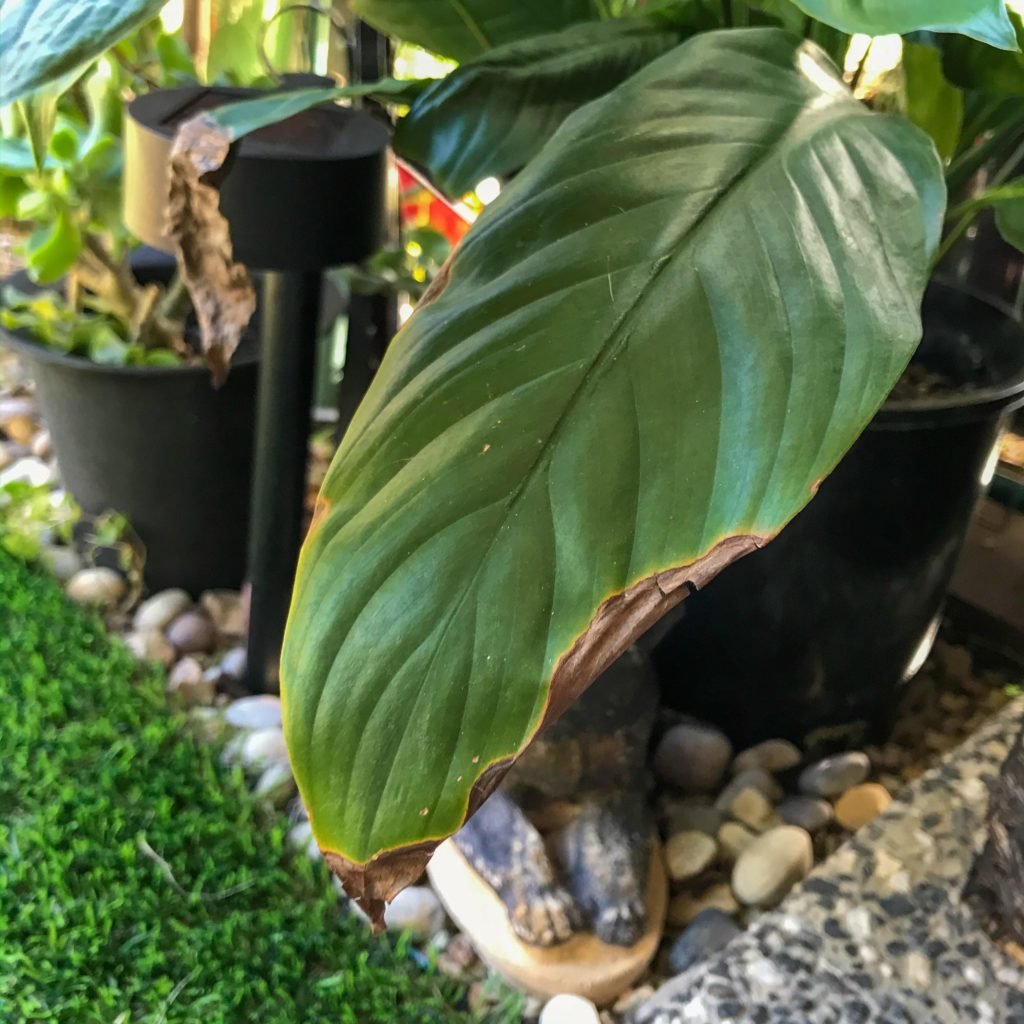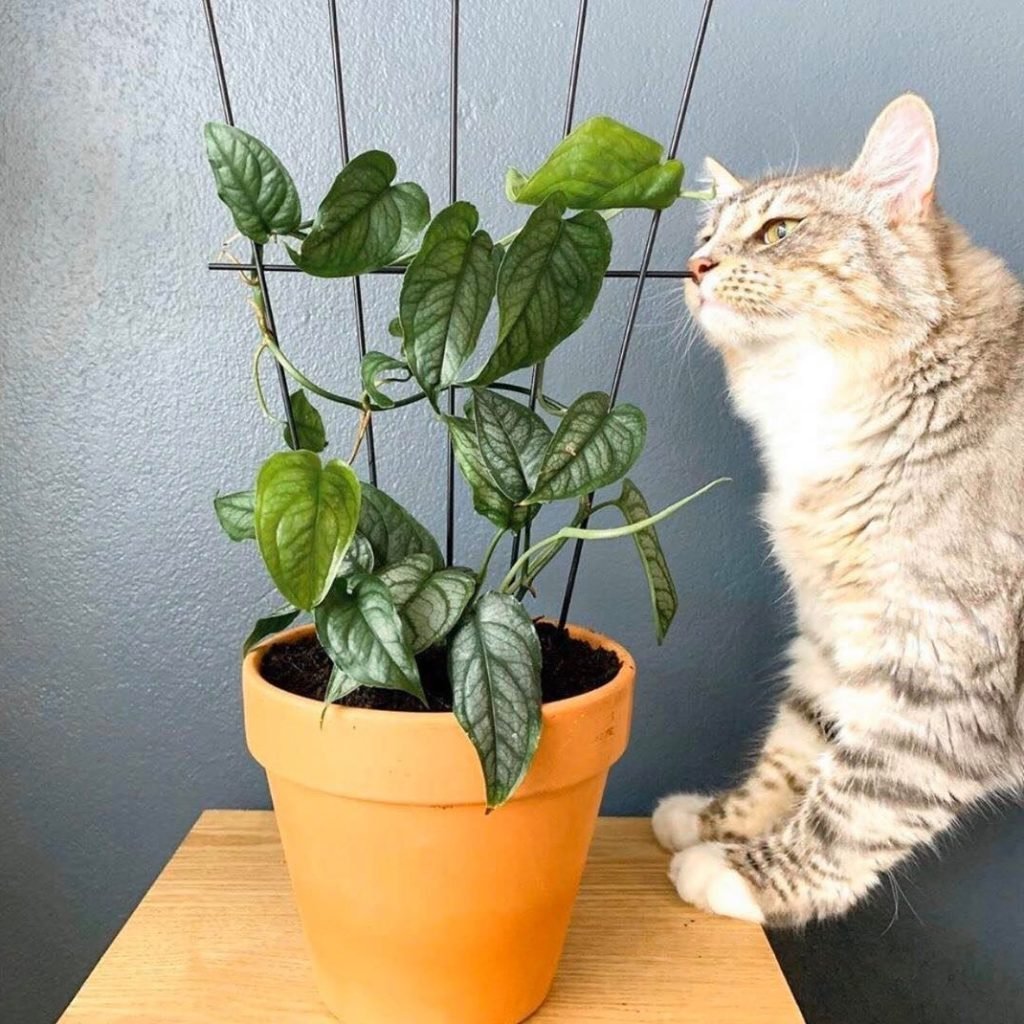
Often with houseplants you may notice the tips of the leaves turning brown. The plant looks healthy with green leaves and it’s just the tip that are discolouring. You may immediately think it could be from pests or a disease but most of the time it’s just something simple like the plants living condition. Below are the three common reasons for why your houseplant could be getting brown leaves and leaf tips.
Why is my plants leaves turning brown?
There are a few reasons for why your plants leaves are getting brown tips. These reasons being too much water, not enough water, over-fertilizing, damaged roots, distress or dry air.
When your plant gets brown tips on its leaves it can be a sign of poor watering habits. If the lower leaves on the plant are starting to turn brown and crispy, this can be a sign that your plant is being under-watered. In saying that, the same thing will happen if your plant has been over-watered because the roots start rotting and can’t hold moisture, making your plant look like it’s thirsty. When watering your houseplants, be sure to water until its running freely out of the drainage holes, allowing it to drain completely before putting it back into the cover pot or saucer. Before watering again, check the soil to see if its at least 1-2 inches dry.
Another reason for brown leaf tips is a build up of salts from over-fertilizing. Over-fertilizing your plant can lead to many problems if not dealt with quickly like said here. Symptoms of thirst and browning on the tips and sides of the leaves are often a sign of over-fertilizing.
The last reason that can cause leaf tips to brown is lack of humidity. Most indoor plants are used to greenhouse/jungle conditions where humidity is quite high, so moving a plant to a place where the air is dry will cause the leaves to get brown tips. For the different ways you can increase the humidity in your home click here.
Should you cut the brown tips off your plant?
You can cut the brown tips off your plant but try to leave a little bit of the brown edge on the leaf to try and avoid the plant from stressing. If most of the leaf is brown and dry, it’s best to cut the whole leaf off but be sure to leave some of the stem because a new leaf may grow from there.
If the leaf isn’t too badly damaged and you don’t mind it remaining on your plant then it doesn’t need to be removed as it won’t affect your plants health. However, cutting off dying/dead leaves is important because it helps free up nutrients to promote new growth, helps to prevent the spread of pests or diseases, helps improve the plants health and it improves the appearance of the plant.
It’s important to remember that as a plant matures the older leaves may turn brown and fall off.


